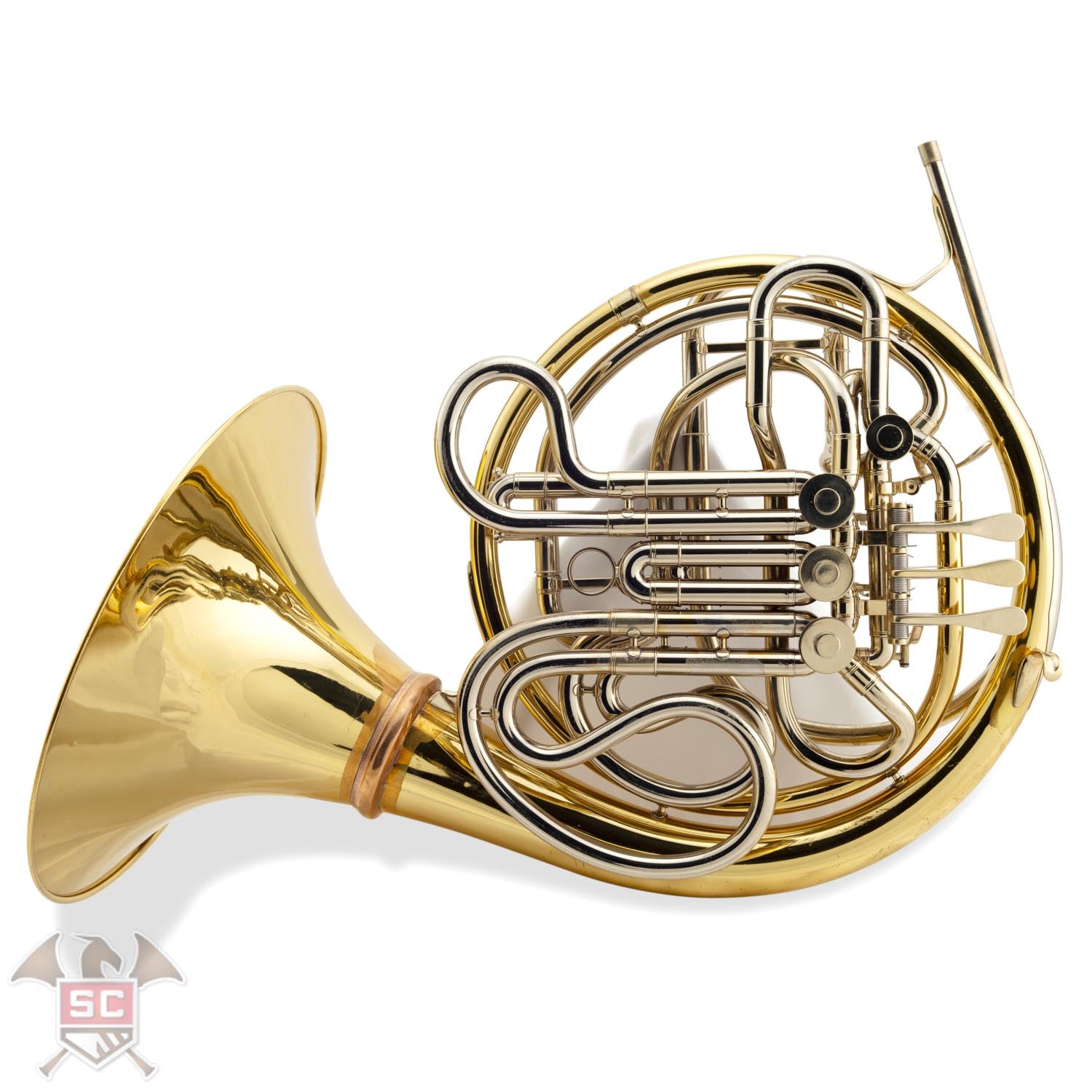

Many novelty tunes, most influenced by 1920s dance music, were written specifically for the instrument. Another selling point was that the C melody produces a more muted tone than the E ♭ alto or B ♭ tenor, which was useful when playing at home. This enabled amateur musicians to play along with a friend or family member by reading from the same sheet of music-so long as the music fell within the pitch range of the C melody saxophone itself, that is, was not too high or low. for flute, oboe, violin, piano, guitar or voice) without having to transpose or read music parts that have been transposed into B ♭ or E ♭, which most other saxophones would require. As a result, the player could read regular printed music (e.g. Ī major selling point for the C melody saxophone was the fact that in contrast to other saxophones, it was not a transposing instrument.

However, in the early years of the 21st century, small-scale production of new C melody saxophones had commenced in China for a company called Aquilasax though production ceased by 2015. Since 1930, only saxophones in the key of B ♭ and E ♭ (originally intended by Sax for use in military bands and wind ensembles) have been produced on a large scale. C melody saxophones are usually marked with a letter "C" above or below the serial number. Most C melody saxophones have curved necks (with a similar shape to that of the tenor saxophone) though C.G.Conn did make straight-necked C melody instruments (more similar to the alto). When seen in profile, its shape bears some resemblance to a tenor saxophone, though it is smaller and the bell appears longer. The bore on most models has a diameter and taper more like a 'stretched' alto than a tenor. The instrument enjoyed popularity in the early 1900s, perhaps most prominently used by Rudy Wiedoeft and Frankie Trumbauer, but is now uncommon.Ī C melody saxophone is larger than an alto and smaller than a tenor.
#Cg conn saxophone serial numbers series#
The C melody was part of the series of saxophones pitched in C and F intended by the instrument's inventor, Adolphe Sax, for orchestral use. In the UK it is sometimes referred to as a "C tenor", and in France as a "tenor en ut". The C melody saxophone is a saxophone pitched in the key of C, one whole tone above the B-flat tenor saxophone. In C: sounds one octave lower than written.


 0 kommentar(er)
0 kommentar(er)
